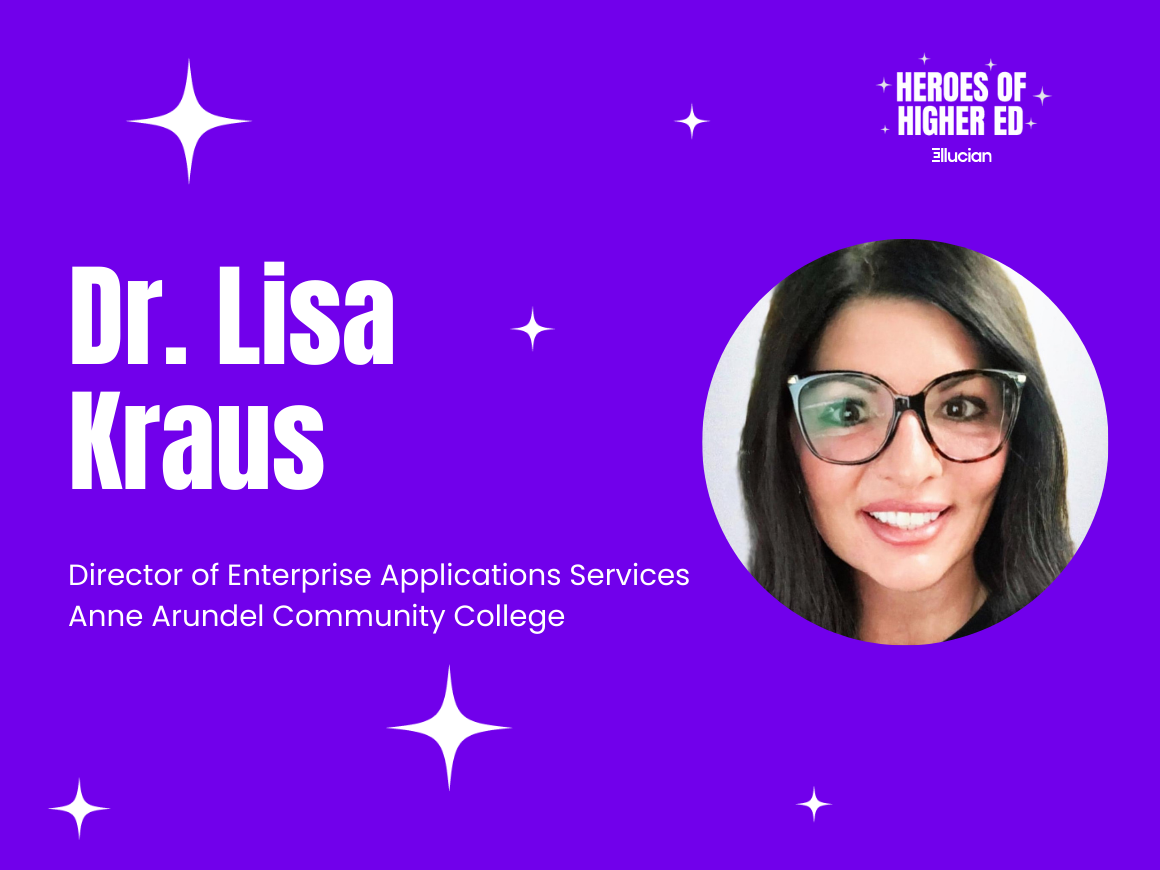Machine learning (ML) is taking many industries by storm, streamlining existing processes and revolutionizing what software can do. In a recent article, my colleague Raja Saravanan gave an overview of artificial intelligence (AI) and ML. I will dive a little deeper into what ML can accomplish in the higher education space. To begin, I will explore how AI can be used to inform university personnel. Specifically, I will examine the use of ML to enhance admissions processes. In future articles, I'll take a look at further levels of automation: making recommendations and taking action. I’ll be providing example use cases along the way to show how AI could benefit students and institutions.
Enhancing Admissions processes
While there are a number of applications for ML in admissions and enrollment, being able to accurately forecast demand is particularly important. For higher education institutions, that means being able to predict with accuracy how many applications to accept to hit prime enrollment numbers.
Over-enrollment vs under-enrollment
By harnessing accurate predictions, universities can admit the optimal number of students, avoiding over- or under-enrolling students.
- Over-enrollment is problematic because it stretches institutional resources too thin, negatively impacting the student experience. For example, a college that enrolls too many students may not have enough dorm rooms to accommodate them or professors to teach required general education classes.
- Under-enrollment, on the other hand, can lead to decreased tuition revenue, inefficient use of expended resources, and a smaller cohort to seek alumni donations from in the future. Though it varies from institution to institution, being off by as few as 30 students can result in million dollar losses. If university leaders can predict how many acceptances will turn into enrollments, they can accept the ideal number of applicants to meet their admissions and revenue goals.
St. Thomas University increased its full-time undergraduate enrolment from 900 to 1,200 students. Now, in partnership with Ellucian, they are streamlining processes and improving operational efficiencies, putting them on track to increase those enrollment numbers.
Benefits of using ML for enrollment
- Watching enrollment trends over time can give universities a better glimpse of the big picture and enable them to prepare for the future. For example, institutions poised for future growth can take the necessary steps to meet demand, such as hiring more faculty and staff.
- On a more granular level, ML can look at individual applicants and predict their probability of accepting admission. The ML model works by including metrics about the applicant, such as their high school GPA and standardized test scores, as well as by examining trends among similar applicants in previous years.
- Additionally, ML models can predict which students will most likely succeed at a particular institution. Many previous methods for selecting applicants relied on formulaic calculations to determine whether an applicant was likely to succeed. Using ML, we can improve upon the calculations that are currently being made in order to make the end predictions more accurate.
Considerations for using ML for predictive modeling
Any institution considering ML should be mindful of its ethical implications. Administrators need to thoughtfully select what information is included in algorithms to avoid creating discriminatory systems. Additionally, it is important to keep in mind that ML-based prediction tools should be used to provide more accurate data to admissions staff, who will continue to make the ultimate decisions regarding acceptance. By overhauling existing methods and improving the accuracy of data, ML can provide better outcomes for both universities and students.
How is machine learning different?
You may be wondering what it is that sets machine learning apart from other methods. First, ML is capable of leveraging patterns that it finds in large quantities of data in order to improve its predictive power. Using ML, we’re able to draw from many disparate sources, both institutional and public, and pool data together to train models that can find patterns and then utilize those patterns to make predictions.
Using ML, an institution can combine its own historical data with external data, such as the unemployment rate, to forecast the number of students who will enroll. Because ML models are able to use data from many sources as well as to process massive amounts of data, they are capable of exceeding the accuracy of previous methods.
Machine learning also stands apart from traditional software engineering patterns because it is a research process. It involves ongoing iterations of discovery and implementation, harnessing data to explain phenomena while also making predictions.
How does machine learning work?
So how exactly could ML methods be used to solve problems like enrollment prediction? One increasingly popular ML model that could be used for this task is the artificial neural network, which is known for its versatility and general predictive ability when dealing with large amounts of data. These networks were loosely inspired by the human brain and are made up of artificial neurons that are very simple and not very sophisticated or useful on their own. But when combined into a connected network, these neurons are capable of accomplishing incredibly complex tasks.
A type of artificial neural network particularly suited to making predictions is the long short-term neural network (LSTM), a network that is capable of discovering patterns over time and learning what is important to remember from the past. This kind of neural network is used on phone keyboards to suggest the next word you may want to use in a sentence. The previous words of your sentence are fed into the network and used to make a prediction about what you’re going to say next. Similarly, we can provide these types of networks with previous years of institutional data to predict upcoming enrollment trends and patterns.
In order to make intelligent predictions, machine learning models require data. For this task, it is best to create a pool of data that includes not only your institutional data but also publicly available data. Relevant public data includes economic, education, and population statistics from sources such as the U.S. Bureau of Labor Statistics and the National Center for Education Statistics (NCES). The NCES collects data on thousands of institutions going back a couple decades for a combined total of about 30,000 years of data. All this data can be used to train neural networks and improve their predictions about the future.
Machine learning can inform university personnel to improve the enrollment process from start to finish. In my next article, I’ll discuss how ML can make intelligent recommendations to enhance the course registration process.




